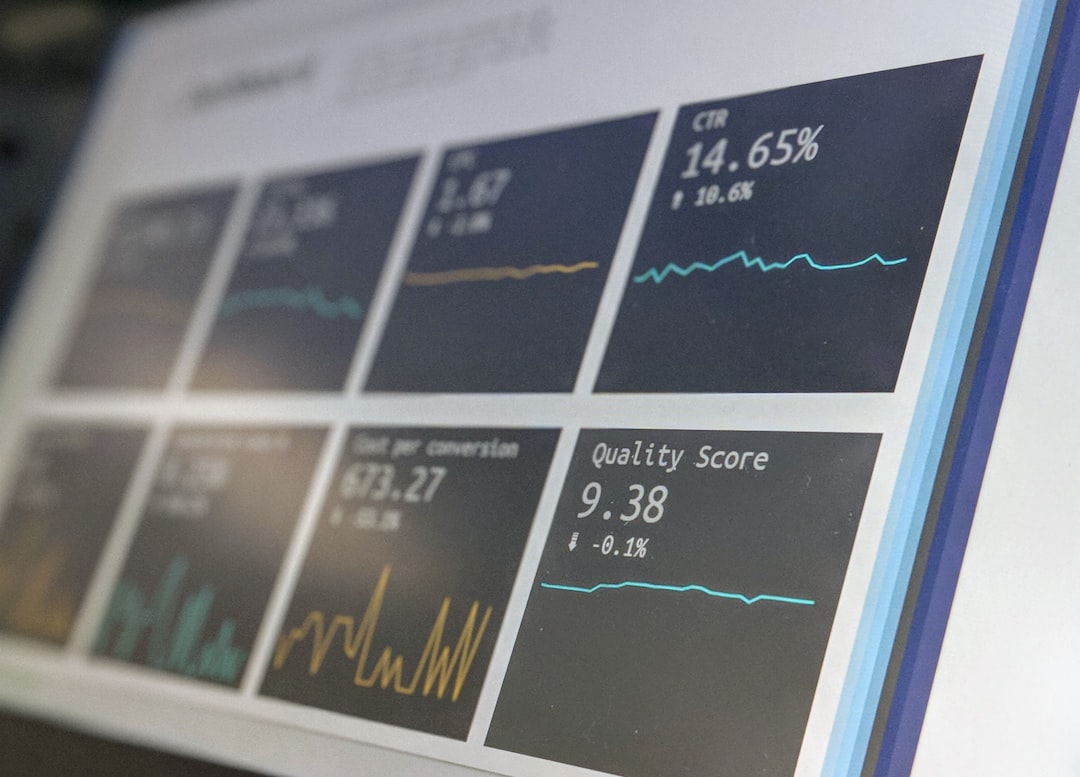
The Comprehensive Guide to Economic Indicators for Investors.
# Introduction. Understanding economic indicators is essential for investors looking to make informed decisions based on market conditions. Economic indicators provide critical insights into the health and direction of the economy, influencing both individual and collective investment strategies. In this guide, we will dive into the various types of economic indicators, how they affect investment decisions, and the best practices for utilizing them in your investment portfolio. # What Are Economic Indicators?. Economic indicators are statistics that provide information about economic performance and trends. These indicators help gauge the overall health of an economy, indicating whether it is growing or contracting. They are categorized into three main types: leading, lagging, and coincident indicators. Understanding the differences among these categories is crucial for investors to understand what the numbers reflect and plan their strategies accordingly. ## Leading Indicators. Leading indicators predict future economic activity and are crucial for investors aiming to forecast market movements. Examples include the stock market performance, consumer confidence indexes, and manufacturing activity. When these indicators show positive trends, they often signal an upcoming economic expansion, which can prompt investors to consider entering long positions or increasing their holdings. Conversely, if leading indicators show negative trends, it may be prudent to adopt a more cautious or defensive investment strategy. ## Lagging Indicators. Lagging indicators, as the name suggests, provide insights after economic changes have already occurred. They include metrics such as GDP growth, unemployment rates, and corporate profits. While lagging indicators may be less useful for predicting future movements, they are invaluable for confirming long-term trends. For instance, if a country shows significant GDP growth over several quarters, it can reassure investors that the economy is on a solid upward path, influencing their long-term investment decisions. ## Coincident Indicators. Coincident indicators move in tandem with the economy, providing a real-time snapshot of economic health. Examples include retail sales, industrial production, and personal income levels. These indicators are vital for investors as they can inform about the current state of the economy, allowing for better-timed decisions. For instance, a notable uptick in retail sales may suggest that consumer spending is on the rise, indicating a favorable market for investments in consumer goods sectors. # How to Use Economic Indicators in Investment Decisions. To make the most informed investment decisions using economic indicators, it is important to approach data holistically. Investors should avoid relying solely on one indicator and instead look for patterns and correlations among multiple indicators. For example, if several leading indicators show positive trends while lagging indicators remain neutral, investors might consider the former as a strong sign of future economic conditions. ### Monitoring Economic Reports. Investors should keep abreast of economic reports published by government agencies, private research organizations, and financial institutions. Reports like the monthly employment situation and the quarterly GDP report can provide critical insights that investors can leverage. By combining these reports with technical analysis of market trends, investors can craft more nuanced and effective investment strategies. # Risks of Misinterpreting Economic Indicators. While economic indicators are invaluable tools for investors, misinterpretation can lead to costly decisions. For instance, overreliance on any single economic indicator without considering the broader economic context can yield misleading conclusions. Additionally, the timing of the release of these indicators matters; data can often be revised, which can alter the perceived state of the economy. Investors should adopt a cautious and well-rounded approach when using economic indicators as part of their investment strategy. # Conclusion. Economic indicators play a pivotal role in shaping investment strategies for investors looking to navigate the complexities of financial markets. By understanding the different types of economic indicators, how to analyze them and recognizing the potential pitfalls, investors can enhance their ability to make informed decisions. In an ever-changing economic landscape, leveraging these indicators offers a lasting advantage in investment planning and execution. .








